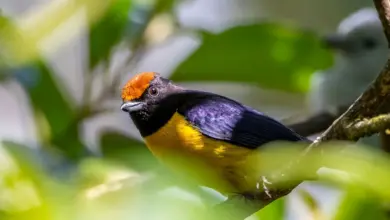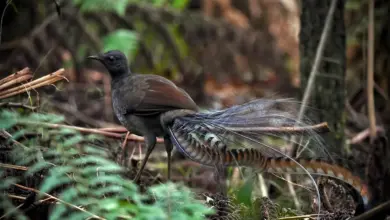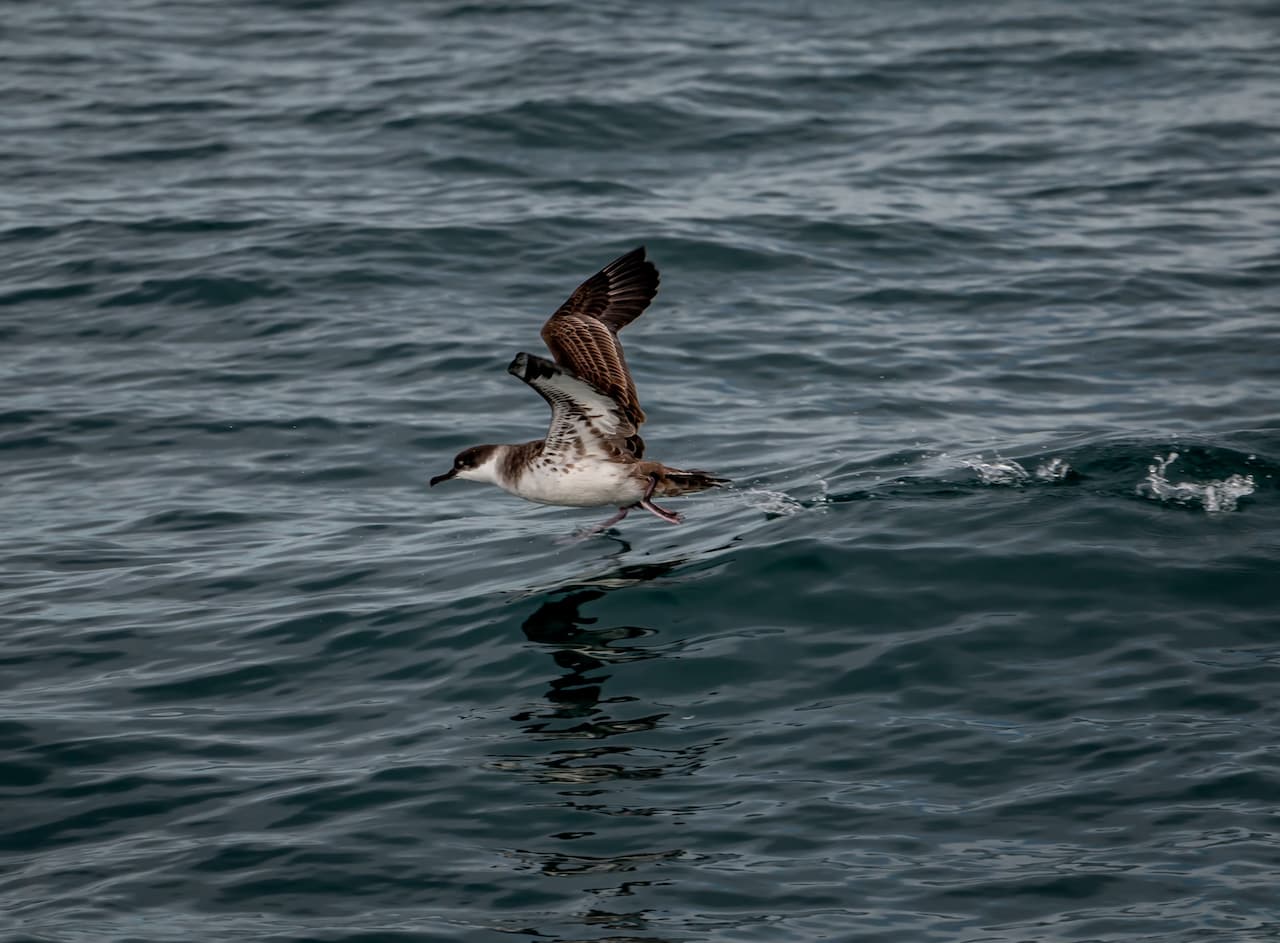Collared Redstart (Myioborus torquatus)
The Collared Redstarts (Myioborus torquatus) – also known as Collared Whitestart – is endemic to the mountains of northern Costa Rica and western-central Panama; where they are common at heights between 5,000 ft (1,500 m) and the timberline.
They are mostly found in mossy mountain forests, ravines, second growth, and adjacent pastures; and are usually observed in pairs – amongst other bird species.
Alternate (Global) Names
Spanish: Candelita Acollarada, Candelita collareja; French: Paruline à collier, Paruline ceinturée; Italian: Codibianco dal collare, Parula pigliamosche dal collare; German: Halsband-Waldsänger; Danish: Halsbåndshvidstjert; Estonian: kaelus-mägisäälik; Finnish: Suruvyökerttuli; Dutch: Halsbandzanger; Norwegian: Ringhvitstjert; Polish: pleszówka przepasana; Slovak: horárik obojkový; Swedish: Halsbandsvitstjärt ; Czech: Lesnácek obojkový, les?á?ek obojkový; Russian: ??????????? ?????????????? ?????; Japanese: kubiwaamerikamushikui
Description
The Collared Redstart averages 5 inches or 12.5 cm in length (measured from tip of bill to end of tail) and weighs about 0.4 oz or 11 g.
It has a chestnut crown (top of the head), bordered with black, and a black forehead. The rest of the upper plumage is slaty black.
When foraging they often fan their black, white-tipped tails, displaying their conspicuous white outer tail feathers. The face and underplumage are bright yellow, with a large black band across the chest
Males and females look alike.
Juvenile birds are duller, with a browner back, and pale yellow under plumage. The head is entirely slate-colored, without the bright yellow markings and rufous-colored crown of the adults.
Calls / Vocalization
The Collared Redstarts calls are described as the sharp pit, and the song is a series of melodious “tsit-tsit-tsee”.
Nesting / Breeding
The breeding season is from March to May. The Collared Redstarts construct a roofed nest with a round side entrance out of strips of bark, plant fibers, leaves, and grass. The nest is typically located on the ground or a steep bank, hidden amongst rocks, tufts of grass, or under a fallen log.
The average clutch consists of 2 or 3 white or cream eggs that are speckled with fine brown spots. The incubation period is about two weeks.
Diet / Feeding
The Collared Redstarts mainly feeds on insects caught at high tree elevations or will follow cattle and even humans for the insects they flush. They typically fan out their tails as they pursue their prey. They are often seen in mixed-species feeding flocks.




